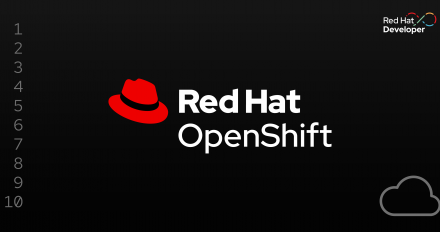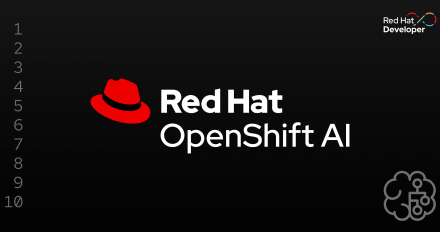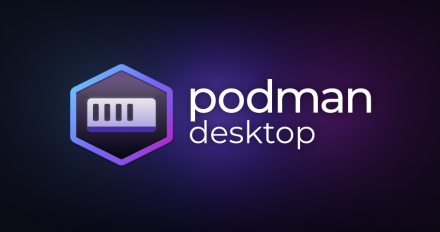
OpenShift LACP bonding performance expectations
Before you pick the NIC bond configuration for your on-premise OpenShift deployments, consider the Link Aggregation Control Protocol (LACP) bonding performance.

Before you pick the NIC bond configuration for your on-premise OpenShift deployments, consider the Link Aggregation Control Protocol (LACP) bonding performance.

Learn how to enable per-PV StorageClass encryption, adding an extra layer of data protection on top of cluster-wide encryption. (Part 2 of 2)

A beginner's guide to Podman Desktop and Podman AI Lab.

Explore high-level architectural approaches to manage virtual machine storage in OpenShift Virtualization.

This article discusses how the HaProxy router settings affect middleware applications, such as JBoss EAP 7/8 and OpenShift Serverless.

Learn how to run MicroShift as a container for inner loop testing of Kubernetes applications, using MINC.

Discover how organizations can achieve over 40% reduction in resource usage and cost with Kruize Autotune, ensuring efficient and stable workload management.

Red Hat OpenShift 4.19 brings a new unified perspective, AI chat assistant OpenShift Lightspeed, simultaneous VM migrations, and other features for developers.

Learn how to run vLLM on CPUs with OpenShift using Kubernetes APIs and dive into performance experiments for LLM benchmarking in this beginner-friendly guide.

Download this practical guide and learn techniques for building, testing, and debugging .NET applications within the Red Hat OpenShift environment.

Learn how to use Cryostat 4.0’s Kubernetes API discovery configurations with Quarkus-native image applications, leveraging GraalVM's JFR and JMX observability feature support.

Learn about the upcoming Cryostat 4.0 release and two noteworthy new features: the OpenShift Console plug-in and the Cryostat Agent Autoconfiguration Operator feature.

Dive into the world of containers and Kubernetes with Podman Desktop, an open-source tool to empower your container development workflow, and seamlessly deploy applications to local and remote Kubernetes environments. For developers, operations, and those looking to simplify building and deploying containers, Podman Desktop provides an intuitive interface compatible with container engines such as Podman, Docker, Lima, and more.

Automate golden image creation and distribution for virtual machines across clusters using OpenShift Pipelines, OpenShift Virtualization, and OpenShift GitOps.

Pick a topic below that interests you, then go through one of the self-paced tutorials!

Simplify operator management on Red Hat OpenShift with Operator Lifecycle Manager. Learn key scenarios using the ClusterExtension API with copy-paste examples.

Build scalable Skupper Virtual Application Networks with Ansible 2.0. Deploy, link, and manage Skupper sites across platforms for robust app connectivity.

Learn how to optimize GPU resource use with NVIDIA Multi-Instance GPU (MIG) and discover how MIG-Adapter enhances GPU resource utilization in Kubernetes.

Learn how to integrate Senao SX904 into an OpenShift cluster to deploy virtual machine workloads at the edge.

Discover how IBM used OpenShift AI to maximize GPU efficiency on its internal AI supercomputer, using open source tools like Kueue for efficient AI workloads.

Gain detailed insights into vLLM deployments on OpenShift AI. Learn to build dashboards with Dynatrace and OpenTelemetry to enable reliable LLM performance.

MINC is a new Podman Desktop extension that eases local Kubernetes development, offering a streamlined local Kubernetes experience powered by MicroShift.

Discover how you can use the Podman AI Lab extension for Podman Desktop to work

Take a deeper look into container startup and termination order as a part of the pod lifecycle explained in the Kubernetes upstream documentation.

Follow this workflow for OpenStack Services on OpenShift to update the control plane and data plane components to the latest release.

Build here. Go anywhere.
We serve the builders. The problem solvers who create careers with code.
Join us if you’re a developer, software engineer, web designer, front-end designer, UX designer, computer scientist, architect, tester, product manager, project manager or team lead.